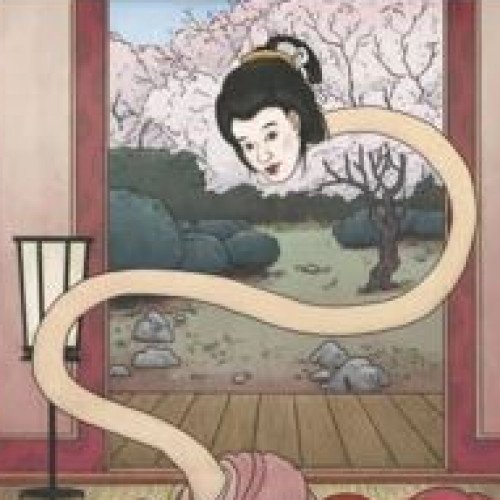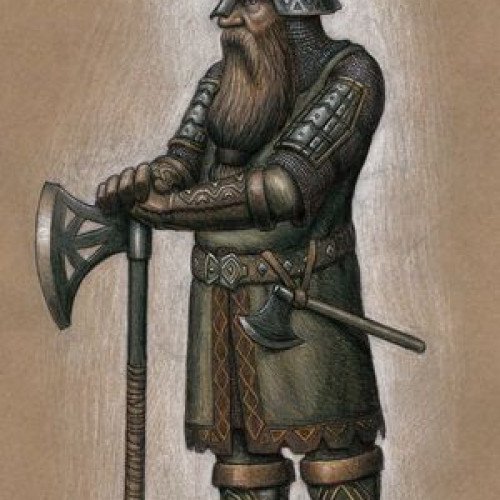Rokurokubi VS Dwarf (mythology)

Rokurokubi
Rokurokubi (ろくろ首, 轆轤首) is a type of Japanese yōkai (apparition). They look almost completely like humans with one of two differences. There is a type whose neck stretches and another whose head detaches and flies around freely (nukekubi). The Rokurokubi appear in classical kaidan (spirit tales) and in yōkai works. It has been suggested, however, that the idea of rokurokubi may have been created for scaring people into staying in past midnight
Statistics for this Xoptio

Dwarf (mythology)
In Germanic mythology, a dwarf is a human-shaped (usually bearded) entity that dwells in mountains and in the earth. The entity is variously associated with wisdom, smithing, mining, and crafting. Dwarfs are sometimes described as short and ugly, although some scholars have questioned whether this is a later development stemming from comical portrayals of the beings. Dwarfs continue to be depicted in modern popular culture in a variety of media. In the mythological and later fantasy literature context, the term is sometimes pluralized to dwarves (a usage popularized by J. R. R. Tolkien) to better distinguish from everyday persons with dwarfism.